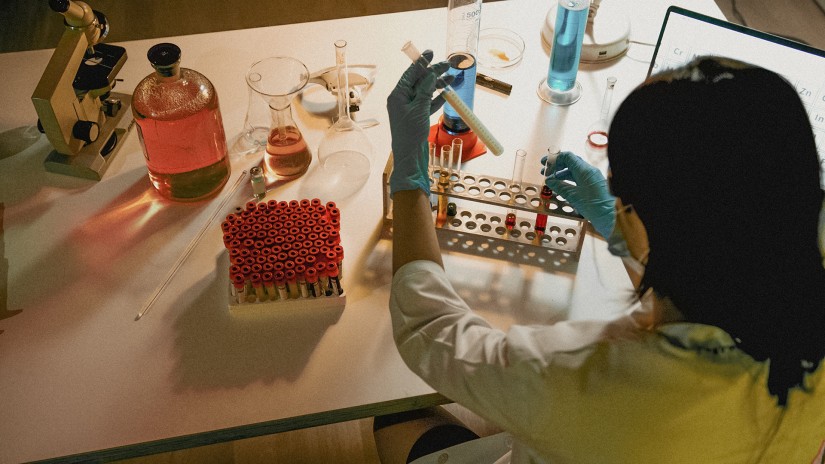
H2S Scavengers
Hydrogen sulfide (H2S), a corrosive and extremely dangerous gas, can be a natural component of some petroleum reservoirs or may arise from bacterial reduction of sulfur compounds in produced water. Other sulfides that can be present include sodium hydrosulfide, sodium sulfide, and various lower mercaptans and disulfides.
In addition to the ground-breaking SULFATREAT hydrogen sulfide removal system and SELECT system products, Kaz M-I offers a range of amine- and aldehyde-base liquid sulfide scavengers that have been developed for application in gas, water, and oil streams. The most appropriate product is selected for the application based on the process conditions and the operational requirements. Hydrogen sulfide is corrosive even at low levels and has a toxicity level similar to that of hydrogen cyanide. The occupational exposure limit is set at 10 ppm, and exposure to concentrations above 150 ppm could be fatal. Gas pipeline requirements often specify the maximum permitted levels of H2S, typically less than 5 ppm.
Corrosion due to hydrogen sulfide can lead to catastrophic failures, which may occur without warning. Additionally, hydrogen sulfide can form insoluble salts with many different types of metal ions that might be present in the produced water, causing fouling, filter blocking, and injection well damage.
Kaz M-I’s liquid scavengers may be applied as a solution in bubble towers for gas treating, either atomized directly into produced gas streams or via direct application in mixed fluid flow streams. The most common application for H2S scavengers is direct injection into a wet gas stream, frequently from separator gas outlets in the phase separation train. It is typical for the largest proportion of the H2S to be removed at the high-pressure separator.
In many cases, the water present in the scavenged wet gas stream will consist solely of condensed water. Where produced or formation water is present, carbonate scale problems may be anticipated and mitigated.
When used in water systems, rapid sulfide removal is possible and, in many cases, insoluble metallic salts of sulfides can be re-dissolved with these products. Products designed for water and gas application form water-soluble, low-toxicity, biodegradable compounds that are noncorrosive and will not release hydrogen sulfide, even over extreme pH variations. Products destined for use in oil systems can be pumped directly into the stream. They are completely soluble and yield soluble, environmentally friendly reaction by-products. In all cases, the reaction by-products are complex organic molecules containing sulfur, nitrogen, and carbon.

Direct injection scavengers can be very cost-effective in applications where the total mass of H2S to be treated is comparatively low and where offshore space limitations restrict equipment size.



